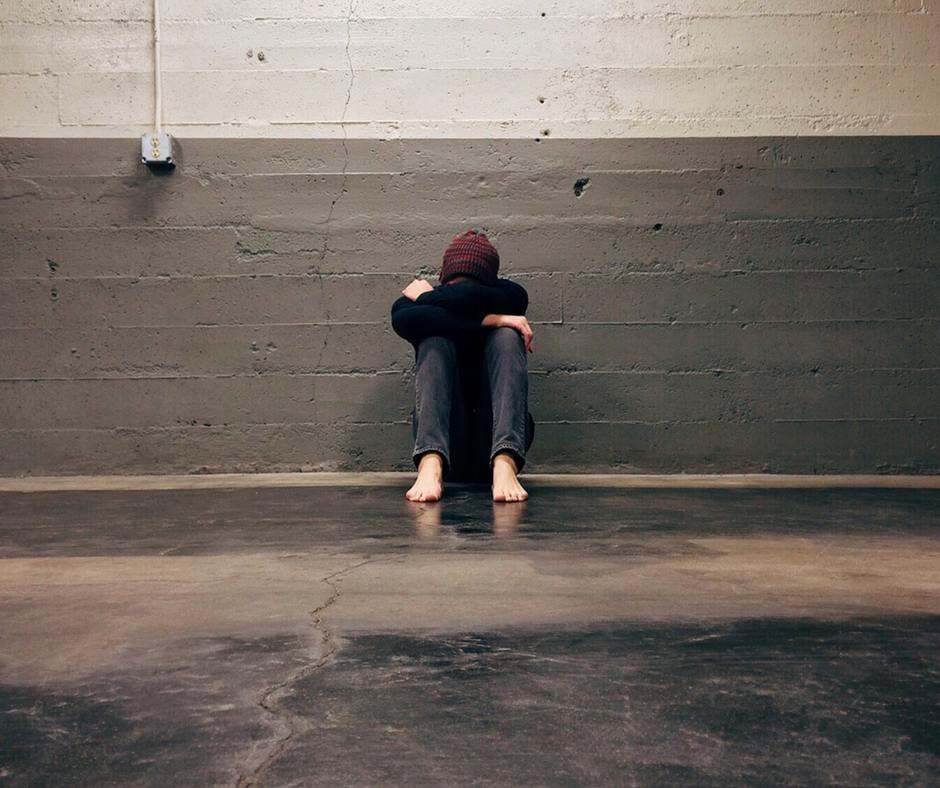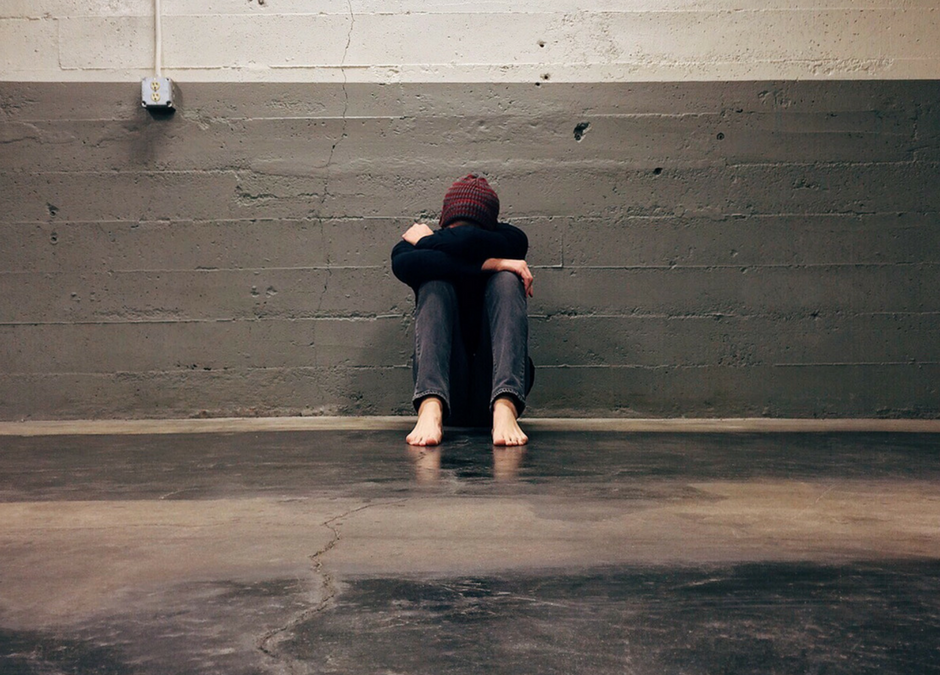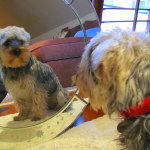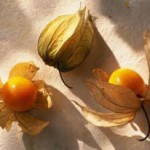 An interview outlining my adventures providing free naturopathic medicine to street youth at the Evergreen Yonge Street Mission health centre, originally featured in Pulse, a publication for members of the Ontario Association of Naturopathic Doctors.
An interview outlining my adventures providing free naturopathic medicine to street youth at the Evergreen Yonge Street Mission health centre, originally featured in Pulse, a publication for members of the Ontario Association of Naturopathic Doctors.
What is the Evergreen Yonge Street Mission?
On the fourth Friday of every month, I leave my Bloor West Village practice for a few hours and head down Yonge Street.
Just south of Gerard, I stop at a rather unimpressive-looking building tucked between fast-food restaurants and strip clubs, where an admittedly intimidating crowd of young people are smoking and laughing loudly, hoodies drawn.
I nod to them briefly before heading past them, through a glass-paneled doorway.
The entrance is crowded. Youth and tattooed counselors blast rap music out of large headphones. Some of them have notebooks, writing lyrics.
Beyond them is an open area where food is being served; more young people sit at round tables, finishing hot catered lunches, or drinking coffee. A few are involved in some community project or other, conspiring excitedly in groups. Everyone seems to be embracing a perplexing combination of busyness and inertia.
I smile at them and rush downstairs to the basement, past the career centre to the unglamorous health centre where my tiny office is located.
The Evergreen Yonge Street Mission (YSM) is a drop-in centre for street-involved youth aged 18 to 24 that offers afternoon programming, including a hot lunch, career services, daycare, community-based art projects, and drop-in healthcare centre.
The health centre is run by nurse practitioners and staffed by volunteer health professionals: adolescent health specialists, family doctors, Sick Kids residents, dentists, hygienists, acupuncturists, chiropractors, physiotherapists, social workers, psychiatrists and, of course, two naturopathic doctors, Dr. Leslie Solomonian, and myself.
Youth drop in during health centre hours and sign up for 30-minute appointments with the practitioner of their choice.
How did you start working with the Mission?
I first visited the Evergreen YSM for a launch party for the second issue of Street Voices, a magazine for and by street-involved youth. A friend of mine had volunteered to do most of the graphic design and illustration work for the issue and brought me along.
At the party, while eating tiny sandwiches, I noticed a message board advertising YSM services. Naturopathic medicine was listed under health services provided at the centre. I took down the number of the health centre, and gave them a call the following week.
By February 2015, I was volunteering two Fridays a month.
Why did you decide to get involved with the Mission?
I came across Evergreen at the beginning of my naturopathic career. I’d just obtained my license in 2014, and was looking for a way to balance the cost of living and running a practice with providing access to naturopathic services.
Naturopathic medical services have the potential to be very cost-effective; our profession was built on the foundations of clean air, food, and water as vehicles for healing. Nature cure, lifestyle therapies, and in-house treatments like acupuncture can all be very inexpensive to administer.
Unfortunately, the cost of education, licensing fees, and practice overhead all conspire to bring up the cost of naturopathic services, making it difficult for those without third-party insurance coverage to afford them.
When I first started my practice, I tried to find various solutions to this problem. I dabbled in sliding scales but quickly started to notice burnout and resentment polluting my therapeutic relationships. Separating cost, value and worth, while accurately assessing need, complicated things for me—I found it very difficult to lower my rates while still recognizing the value I was offering.
Dispensing with sliding scales at my main practice while offering free services to a marginalized population felt like a satisfactory compromise: I could build my practice, pay for my groceries, and give back, while maintaining clear boundaries.
What type of naturopathic care do you provide at the YSM?
There are a few ways that my YSM practice differs from my practice in Bloor West Village.
Firstly, visits are shorter. The YSM suggests keeping visits to 30 minutes to serve as many patients as possible. Keeping visits short is a challenge for me, considering appointments in my Bloor West practice run 60 to 90 minutes.
Secondly, therapeutic options are limited. Patients don’t have the cash to buy supplements. Making significant dietary changes is impossible for most to tackle. Therefore, I try to offer therapies in the clinic: acupuncture, B12 shots, homeopathic remedies, and counseling, to reduce the work between appointments.
Sometimes we have supplements to dispense—Cytomatrix generously donated last year. At times we’ve been able to offer things like magnesium, vitamin D, iron, immune support, adaptogens, and sample packs of various probiotics.
Treatment plans often require a bit of innovation. For example, I teach patients how to use the probiotic samples to make coconut yogurt using canned coconut milk from food banks. We talk about how to follow an anti-inflammatory diet while eating at a shelter.
Thirdly, there are many obstacles that prevent patients from attending appointments in the first place. I try to treat each visit as a stand-alone encounter—a new patient I see at Evergreen may never come back. This means I focus on stress-reduction and providing as much benefit as possible in the 30-minute session.
What does a typical visit look like?
Visits can differ greatly depending on the particular needs of the patients I see.
Sometimes new patients come in asking specifically for trigger-point release acupuncture.
One patient came in with her friend so they could Snapchat their first acupuncture session amidst violent giggling.
Some patients come to talk about their struggles and share their stories.
Sometimes patients come in to read me their rap or poetry.
Sometimes patients just come in to sleep—the flimsy chiropractic table we use serving as a quiet, 30-minute refuge from the street. Sometimes we do a mindfulness practice. Other times we say very little, or nothing at all.
Others come for full intakes, with complicated psychiatric cases, or PCOS, or chronic diarrhea. I try to hand out any supplements that might be useful, and to give practical recommendations.
Sometimes patients with part-time jobs have a little money that they can spend on things like St. John’s Wort, magnesium, or vitex.
I have to be extremely economical with my therapies, which I feel is a helpful skill to have as an ND in general—I learn what simple treatments have the biggest impact on certain conditions. This helps me resist the temptation of loading patients down with complicated, expensive treatment plans.
What are some strategies for working with this population?
When working with street-involved youth, I’ve found it helpful to humbly take a step back and listening first before jumping in with solutions.
A de-centred practitioner posture can be particularly helpful in a population experiencing homelessness, violence, complex trauma, addiction, teen pregnancy, abuse, conflict with authority, and severe psychiatric illnesses, among other complex challenges—it’s not always clear what to do, what might best help the individual in front of me, and deferring to their experience is often the wisest first step.
De-centring positions the clinician as a guide, facilitator, or someone of service to the patient. This means that I offer my tools: an ear, acupuncture, vitamin D, or a sanctuary of silence, and let my patients choose whatever they want for their 30-minute appointment.
Another helpful skill is being interested in all my patients’ stories, even the ones that aren’t being told about them.
In Narrative Therapy this is called “double-listening”. Accompanying every story of illness, addiction, label of mental illness, or history of trauma, is a parallel story of strength, courage, generosity, and overcoming tremendous obstacles.
I can be a witness to the alternative stories, which are often begging to be told.
Sometimes addiction, self-harm, or other seemingly “destructive” behaviours, may be hidden coping mechanisms that serve as powerful lifelines for survival. Listening between the lines can highlight certain skills and strengths of those who suffer.
A mentor of mine, when faced with an “angry” client, always asks, “What are you protesting?” With that simple reframing question she often uncovers previously hidden stories of belief in fairness, advocacy for justice, courage, and resilience.
Patients tell me about their issues, but also about their beloved pets, how they wish they could be a better father to their children than their fathers were to them, family loyalty in the face of abuse, their dreams for the future, the steps they’ve taken to confront a friend’s addiction, their hopes for a healthier romantic relationship, and many other stories. These narratives depict the complex facets of their identities: street-youth, yes, but also loving parents, friends, budding entrepreneurs, and gifted artists.
One patient who’d recently been diagnosed with schizophrenia told me about the voices in her head. I asked her what the voices said when they spoke to her.
She looked at me, stunned.
“No one’s ever asked me that before.”
This question led us to an important discussion about how she’d turned to writing poetry and her faith to help her stop using methamphetamine. The voices, while often unpleasant, were keeping her sober in their own complex way, she realized.
Through paying careful attention to these stories, patients can reframe and foster preferred identities.
Do you have any stories in particular?
There are many stories of resilience at Evergreen. I have had the opportunity to watch one of my patients transform his life over the past couple of years.
With a criminal record for assault, anger management issues, difficulty holding a job, a mild learning disability, and a history of complex trauma, this individual picked up the pieces of himself, slowly.
The last time I saw him he had completed a yoga teacher training, begun classes at U of T, and was getting ready to move out of the shelter he’d been living in, into his own small apartment.
Through his own remarkable resilience, and some support he was able to receive at Evergreen, he was able to get himself onto an amazing and exciting path. Seeing potential realized is an amazing experience.
Like tending to a garden of souls; you might help plant seeds, or tend to the soil in very simple, minimal ways, and yet amazing things bloom.
What benefits has this work brought to you as an ND?
I believe working with diverse populations enriches practitioner experience. It reminds me to stay open to experiences, personalities, viewpoints, and unique patient histories.
Listening helps me calm the “righting reflex”: the reflex to jump quickly to a solution in order to soothe my own discomfort of sitting with the agony of uncertainty.
I notice in my own practice when I take a more de-centred stance, roll with resistance, and really pay attention to my patient’s preferences and intuition, I am better able to assist them in healing. Not only does letting the patient take the lead result in better outcomes, it also reduces the burden of (impossible) responsibility by shifting the locus of control, preventing burnout.
I struggle with this in my own practice at times; I frequently feel pressure to prove myself. Working at Evergreen helps remind me that we can’t necessarily help everyone for everything in every circumstance.
All of our patients surpass incredible external and internal obstacles to arrive at our offices and face still more difficulties between visits. Trying to recognize and work with these struggles as best we can, taking small but meaningful steps in and between visits, and acknowledging that sometimes it’s about planting seeds of change, which may take months or even years before they’re ready to bloom.
No matter how impatient I might be feeling with a patient’s progress, I try to remember that steps are constantly being taken in the direction of healing.
What are some challenges?
Like any novice practitioner I am accompanied by two familiar acquaintances: self-doubt and second-guessing. These two friends take their place beside me both in my Bloor West practice and at Evergreen.
Celebrating small victories has been important, but so has staying humble. As the mantra goes: the patient heals them-self.
I try to remember this when I’m either feeling too self-congratulatory or too down on myself.
Funding for supplements, energy, avoiding burnout, and being productive with time, are all familiar challenges I also routinely experience.
I always wish I had more time, better and more exciting remedies to dispense, and more energy to really immerse myself in the dedication community work demands.
I try to take the stance of simply being of service while trying to remain free of expectation.
How can other NDs wanting to do similar work get involved?
If you’re interested in working with marginalized populations, the first thing to do is get in touch with local shelters, such as Covenant House or Eva’s Place.
Many shelters offer satellite health services, such as massage therapy. Perhaps start by offering acupuncture, or other forms of bodywork. Acupuncture is an accessible modality that is cost-efficient and fits well with a drop-in model—patients derive benefit from the session and aren’t expected to make significant lifestyle changes or purchase supplements, both of which may be impossible.
Often stress-relief is the first primary goal of care, as is creating a safe space and nurturing trust between the clinician and community.
If you’re willing to offer your services for free there are many populations in Toronto and the GTA that could benefit greatly from naturopathic care.
How can we help?
The YSM is currently accepting donations to help build their new location, and complete their new health centre. Visit https://www.ysm.ca/donate/ to make a one-time, or monthly donation, and help a great cause.
If you would like to donate supplements, acupuncture needles, homeopathic, or herbal remedies please contact me!







